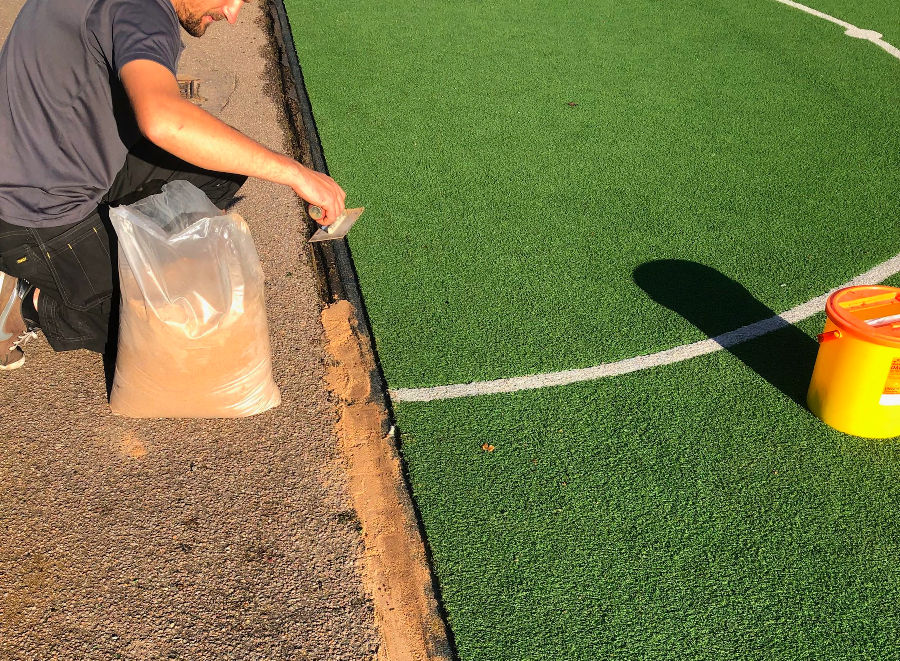Planting For Pollinators: Bee Friendly Garden Guide for Children
- jhurst185
- Aug 7, 2024
- 3 min read

This guide contains gardening tips and tricks to help involve children in planting Bee-Friendly Flowers.

Bees are vital pollinators in our ecosystem, playing a crucial role in the growth of fruits, vegetables, and flowers.
However, bee populations have been declining due to habitat loss, pesticide use, and climate change.
One simple and enjoyable way to support bees is by planting bee-friendly flowers.
This activity is not only beneficial for the environment but also a fantastic way to engage children in gardening and nature appreciation. Let's explore some wonderful bee-friendly flowers and how children can participate in planting them.
Involving Children in Bee-Friendly Gardening

Gardening with children is a rewarding experience that teaches them about nature, responsibility, and the importance of environmental stewardship. Here are some tips to make the experience enjoyable and educational:
Storytelling: Explain the role of bees in pollination and why we need to help them. Use simple language and engaging stories.
Hands-On Activities: Let kids get their hands dirty. Digging, planting, and watering are fun and educational.
Observation: Encourage children to observe the plants and the bees that visit. They can keep a garden journal to note what they see.
Creativity: Let kids decorate plant pots, make garden markers, or create bee baths by placing shallow dishes of water with stones for bees to land on.
Gardening Guide:
Sunflowers

Why Bees Love Them:
Sunflowers are not only bright and cheerful, but they also produce large amounts of nectar and pollen, which attract bees. Their large flower heads provide an excellent landing platform for bees.
Planting sunflowers with children:
Choose a Sunny Spot: Sunflowers need plenty of sunlight. Pick a spot in your garden that gets at least 6-8 hours of direct sunlight daily.
Prepare the Soil: Show kids how to loosen the soil with a trowel and mix in some compost to enrich it.
Planting Seeds: Sunflower seeds are large and easy for little hands to handle. Plant them about 1 inch deep and 6 inches apart.
Watering: Teach children to water the seeds gently. Sunflowers need regular watering, especially during germination.
Mint

Why Bees Love Them:
Mint produces small, fragrant flowers that are highly attractive to bees. It's a hardy plant that blooms throughout the summer.
Planting mint with children:
Choose a Container: Mint can be invasive, so it’s best to plant it in a pot or container.
Soil Preparation: Fill the container with potting soil. Children can help mix in some compost.
Planting Cuttings or Seeds: Mint is often grown from cuttings, which children can help plant about 1-2 inches deep. If using seeds, sprinkle them on the surface and cover lightly with soil.
Watering: Ensure the soil stays moist but not waterlogged. Children can take turns watering the mint every few days.
Rosemary

Why Bees Love Them:
Rosemary has small blue flowers that bloom in spring and summer, providing bees with a rich source of nectar.
Planting rosemary with children:
Sunny Location: Rosemary thrives in full sun. Pick a sunny spot or use a large pot.
Soil Preparation: Use well-draining soil. Children can help mix sand or perlite into the soil to improve drainage.
Planting: Rosemary can be planted from seeds, but cuttings are more common. Plant cuttings about 2-3 inches deep.
Watering: Rosemary prefers dry conditions, so water sparingly. Teach kids to check the soil moisture before watering.
Thyme

Why Bees Love Them:
Thyme produces tiny flowers that are highly attractive to bees. It’s a versatile herb that bees adore.
Planting thyme with children:
Sunny Location: Thyme needs full sun. Choose a sunny spot in your garden or a pot.
Soil Preparation: Thyme prefers well-drained soil. Kids can help mix sand or gravel into the soil.
Planting Seeds or Cuttings: Thyme seeds are tiny, so show kids how to sprinkle them on the soil surface and cover lightly. Cuttings should be planted about 2-3 inches deep.
Watering: Water thyme regularly but allow the soil to dry out between waterings. Kids can help by checking soil moisture.
Dandelions

Why Bees Love Them:
Dandelions are often considered weeds, but they are incredibly beneficial for bees, providing nectar and pollen early in the spring when few other flowers are blooming.
Planting dandelions with children:
Wildflower Garden: Incorporate dandelions into a wildflower garden. Explain to kids the importance of letting some wildflowers grow.
Seed Collection: Show children how to collect dandelion seeds from the fluffy seed heads and scatter them in the garden.
Watering: Dandelions are hardy and don’t need much care. Teach kids to observe how they grow naturally.
By planting bee-friendly flowers like sunflowers, mint, rosemary, thyme, and dandelions, you provide vital resources for bees and create a beautiful, buzzing garden. Engaging children in this process fosters a love for nature and a sense of responsibility towards our planet. Happy gardening!



.png)









Comments